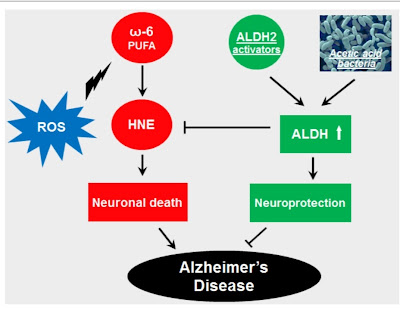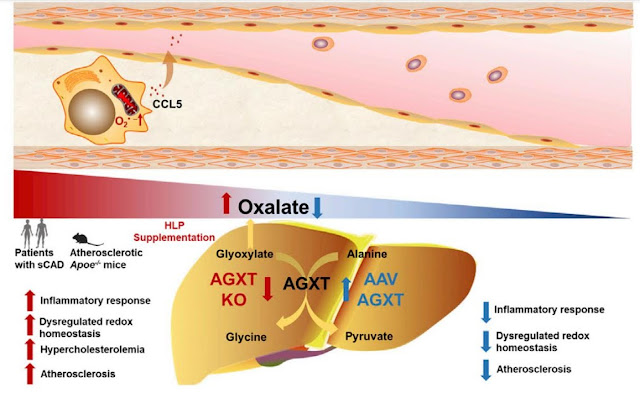How are arterial calcification, atherosclerosis and aldehydes from oils related?

How long have we known that omega-6 self-oxidation products damage tissues, such as the liver? Long! A study from 1985 already investigated which components of spontaneous oxidation of linoleic acid are the most dangerous and what effects they have. And they identified it as the compound 9-ONA (9-oxononanoic acid). You will see below what it can do. Nevertheless, even after almost forty years, polyunsaturated table oils are officially promoted as very healthy foods, although it is true that frying has not been considered healthy for some time. However, spontaneous oxidation occurs even at relatively low temperatures, and oils are definitely not put in the refrigerator, so there will always be poisons in them. However, it is also true that oxidized dietary fats are apparently far more toxic to mice and lab rats than to humans . This is due to the much longer human digestive system. The majority of aldehydes, the so-called secondary products of spontaneous oxidation of linoleic acid, ar...

